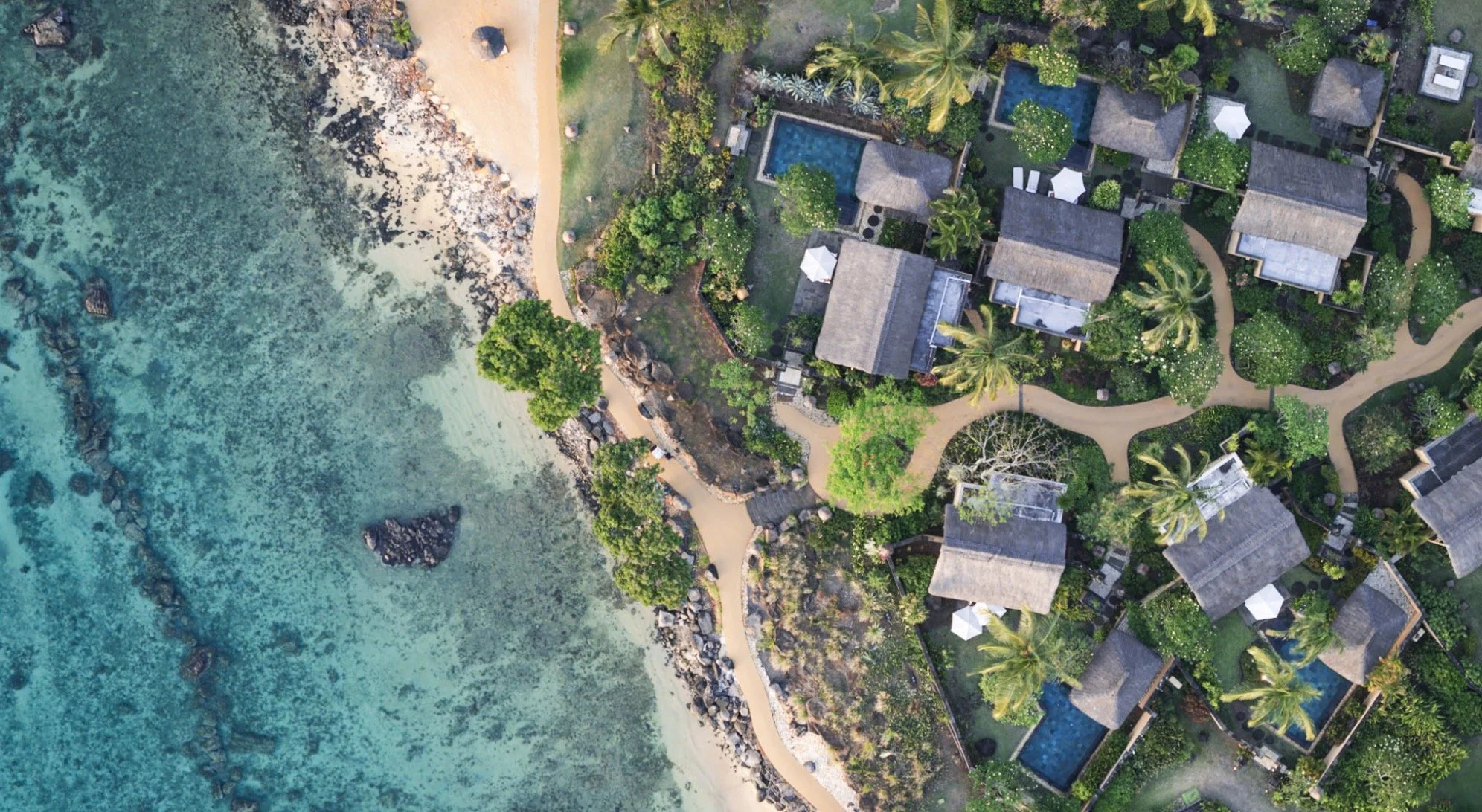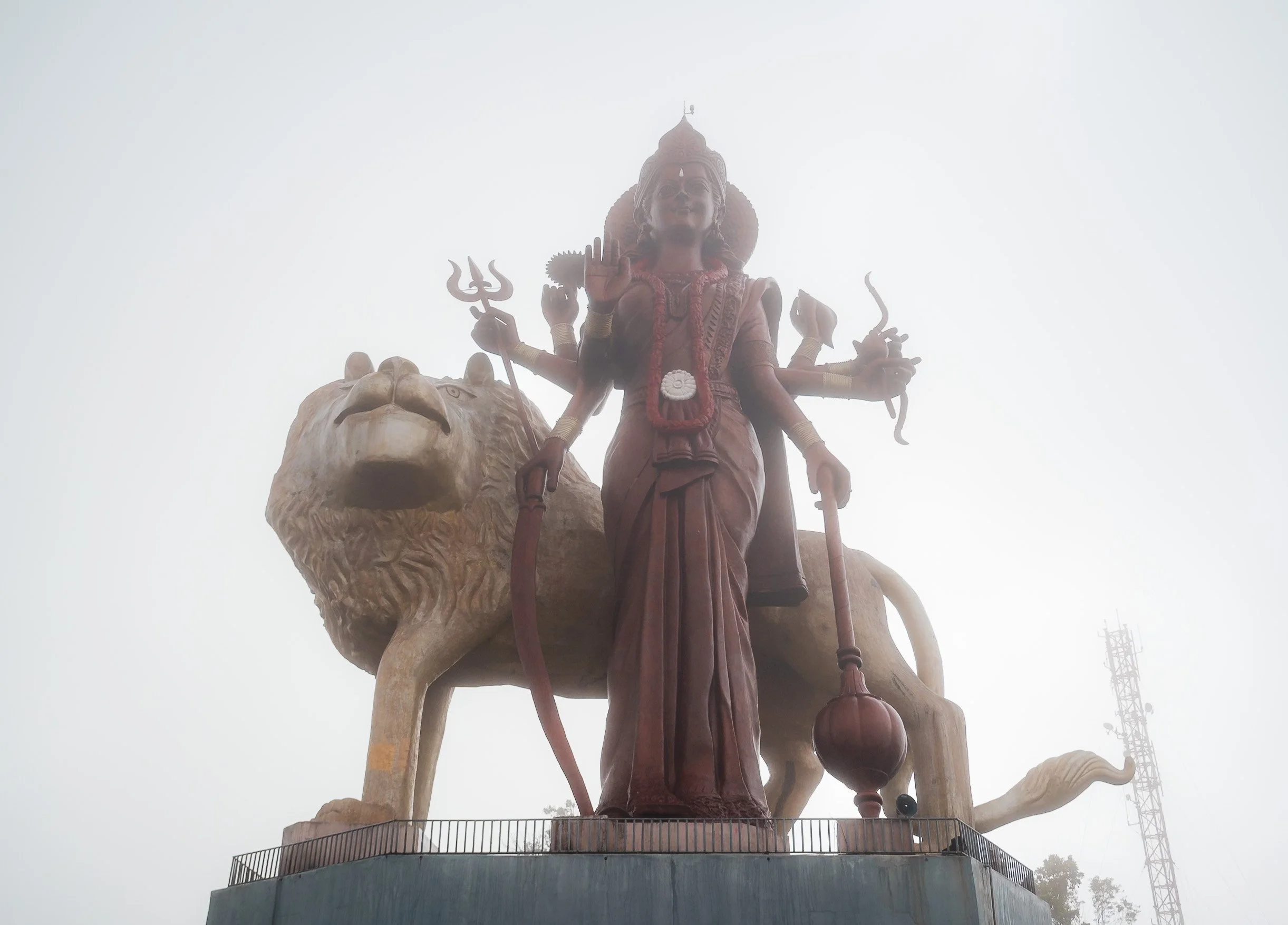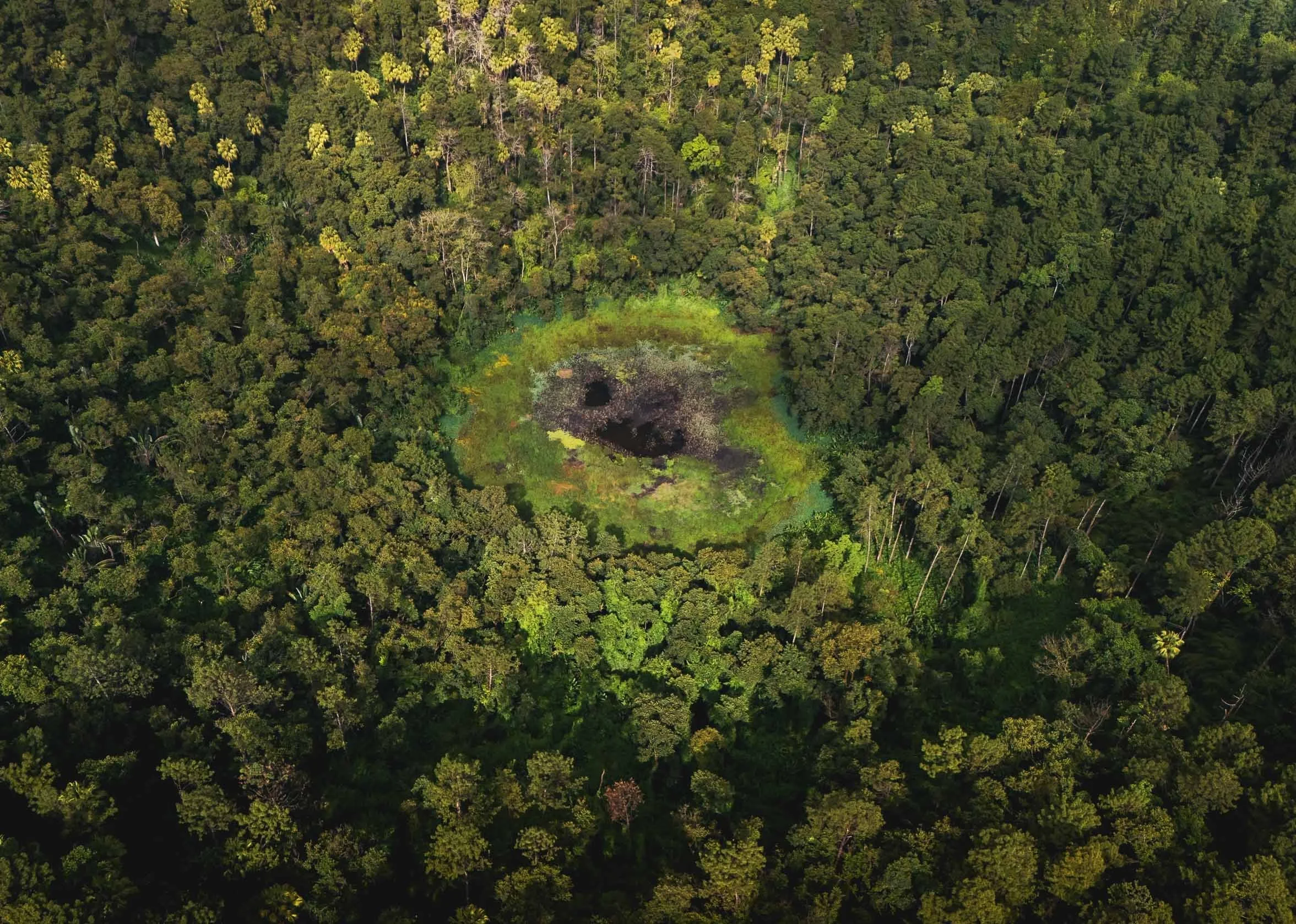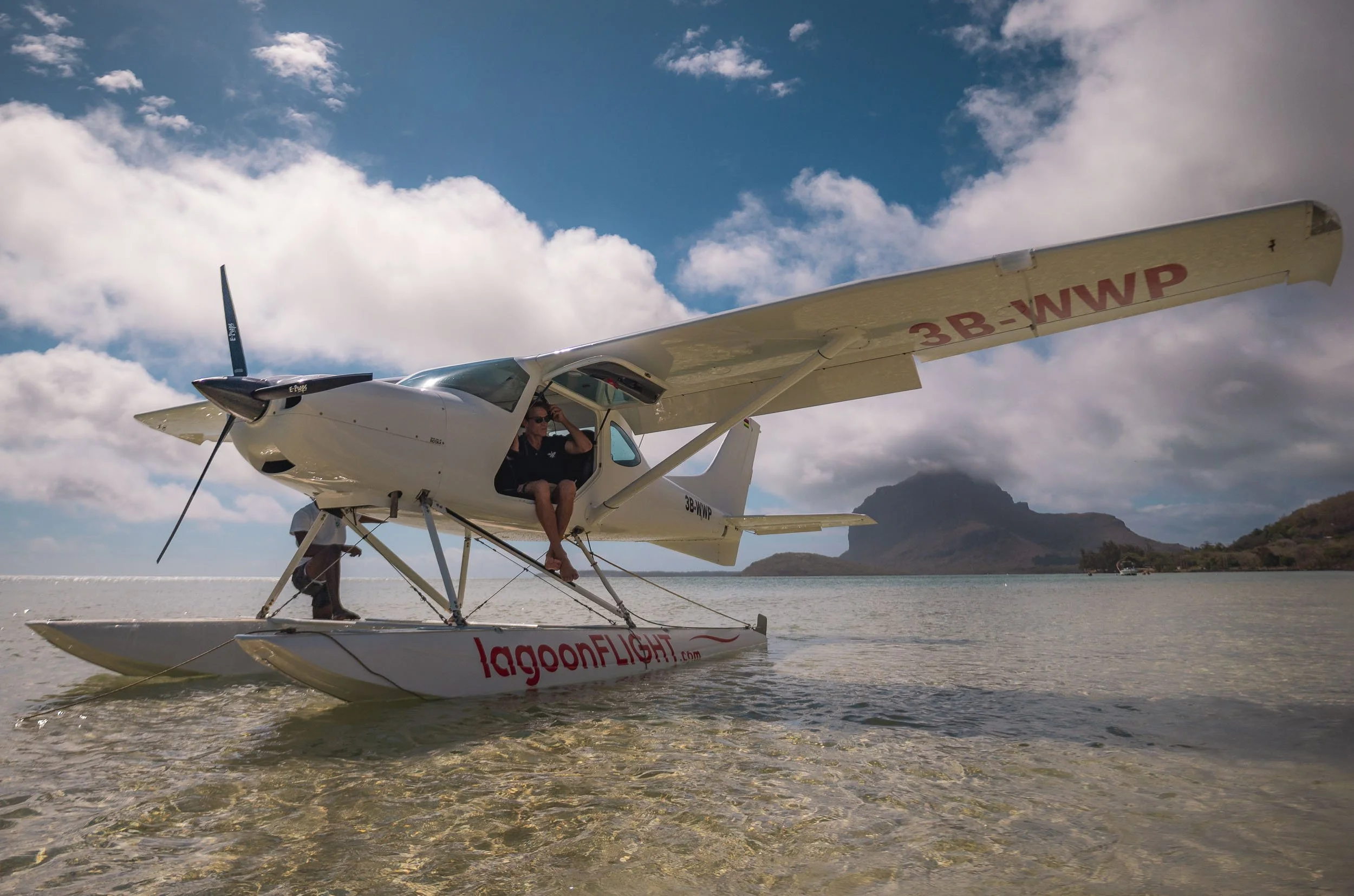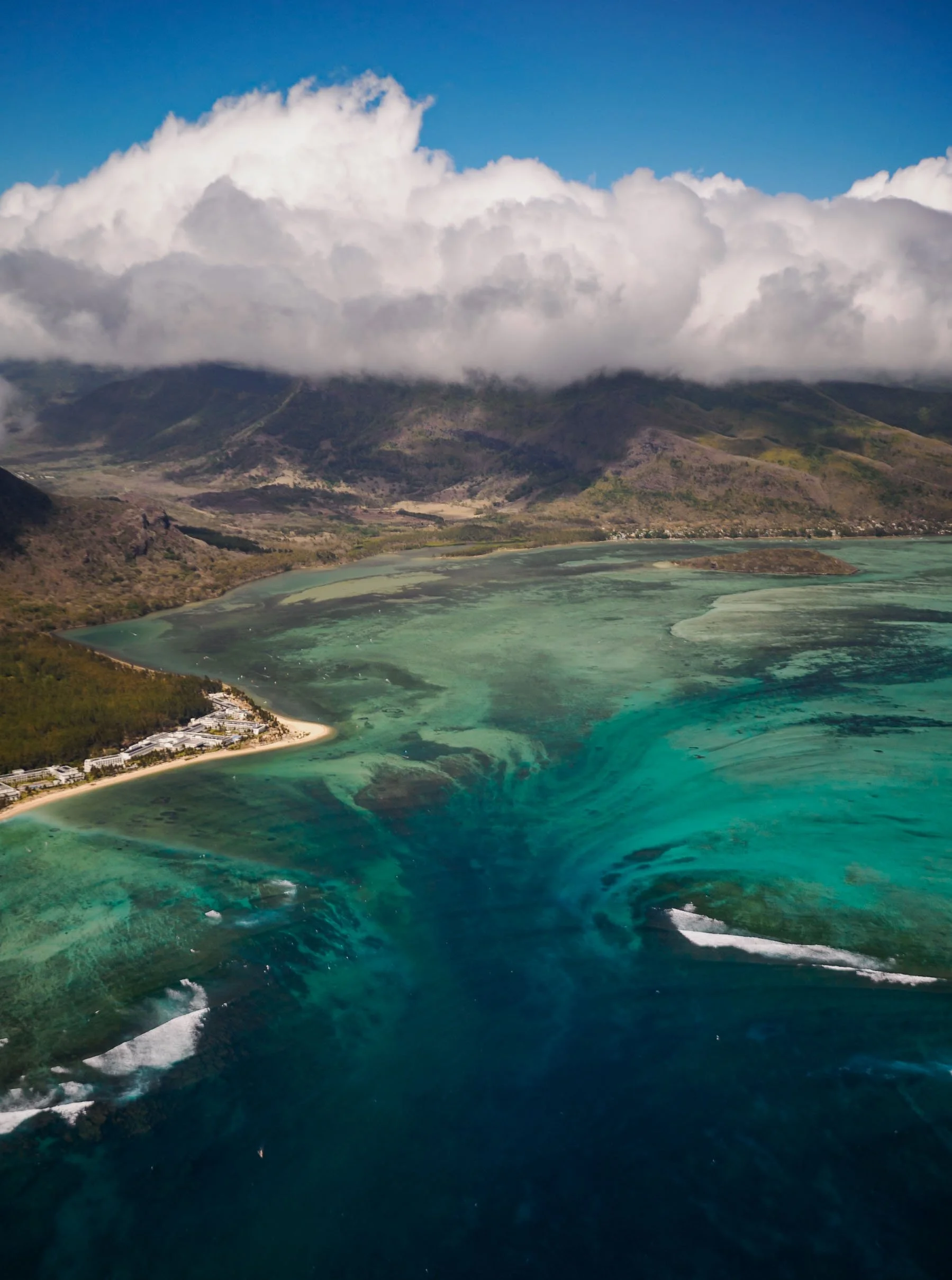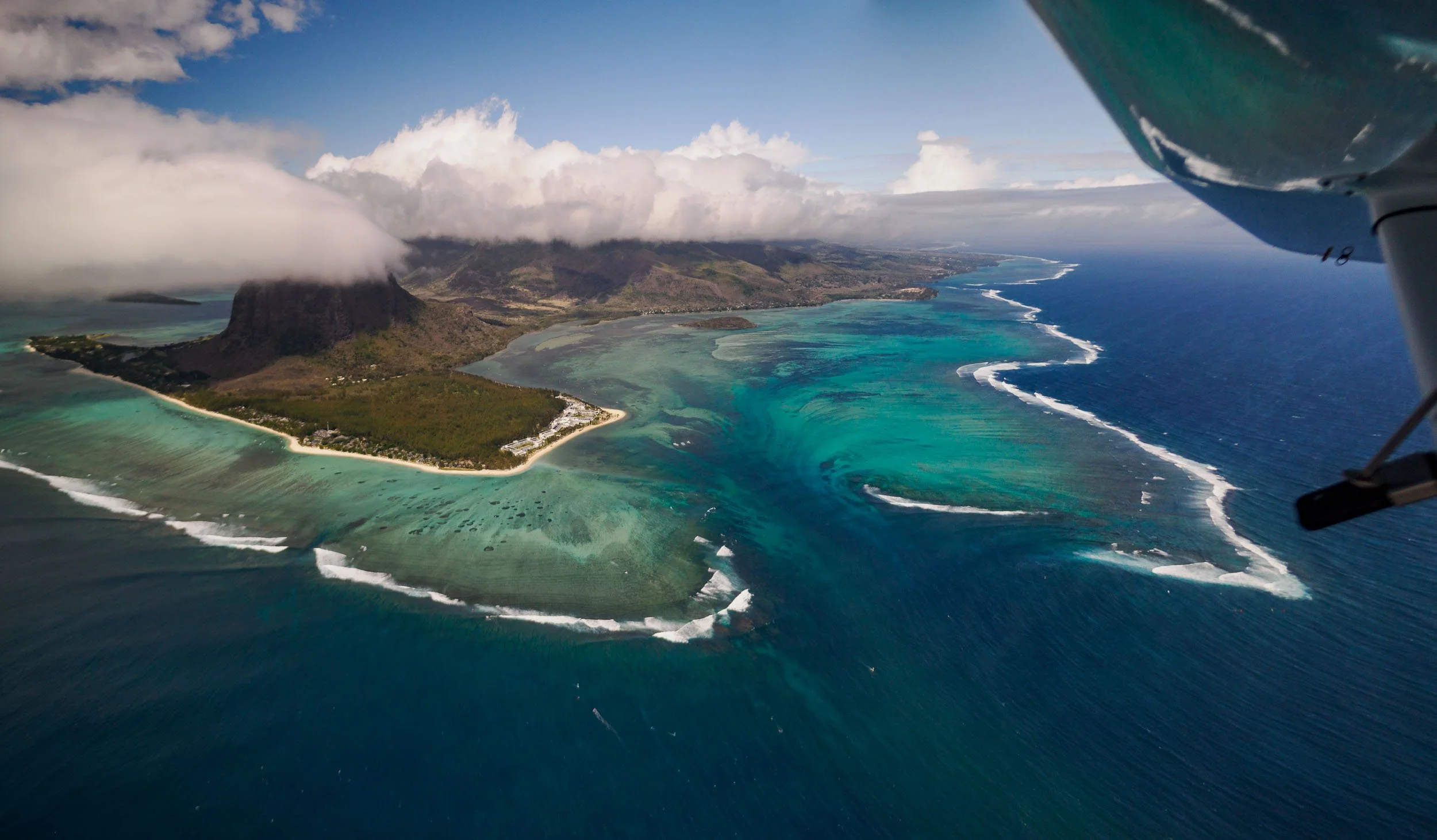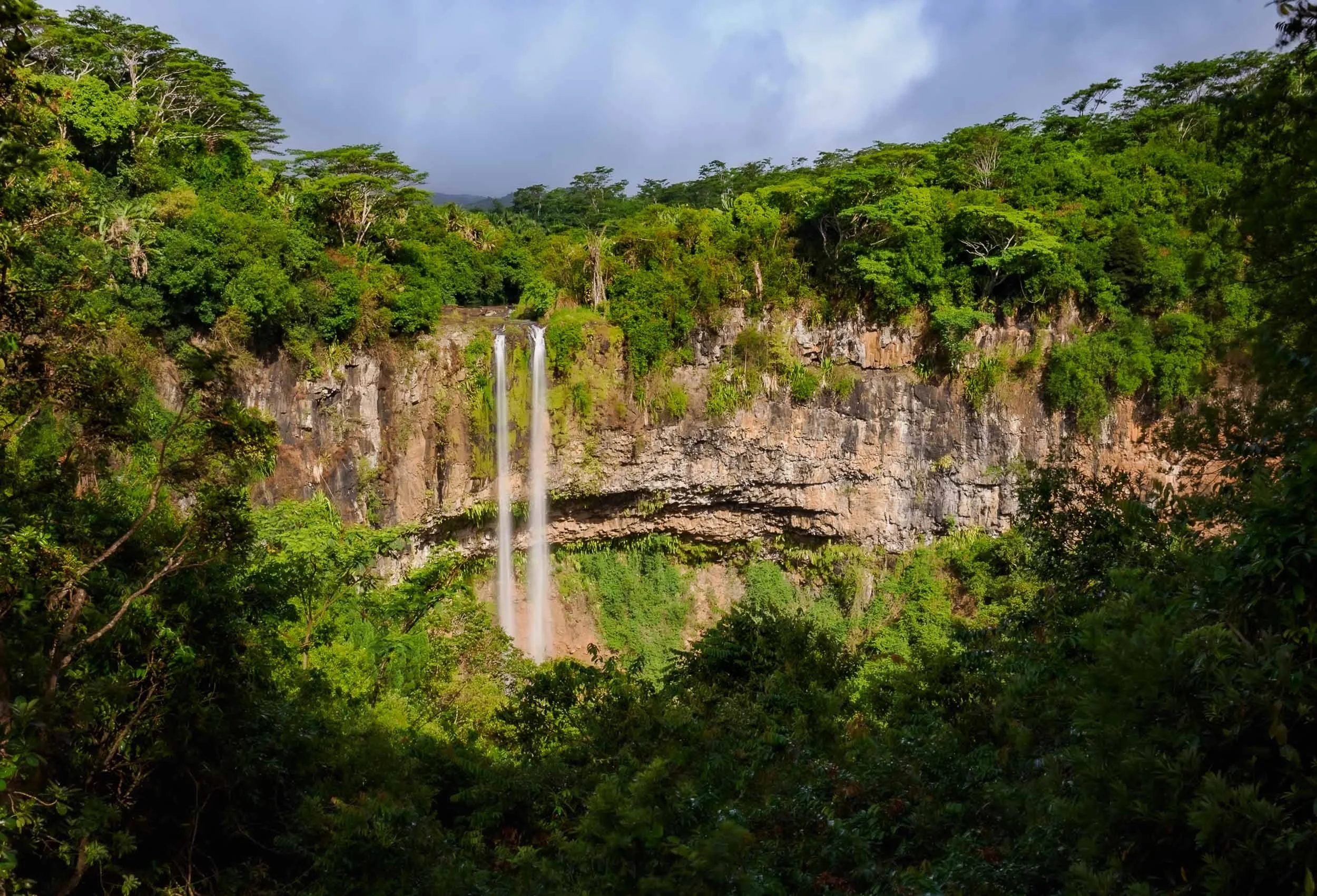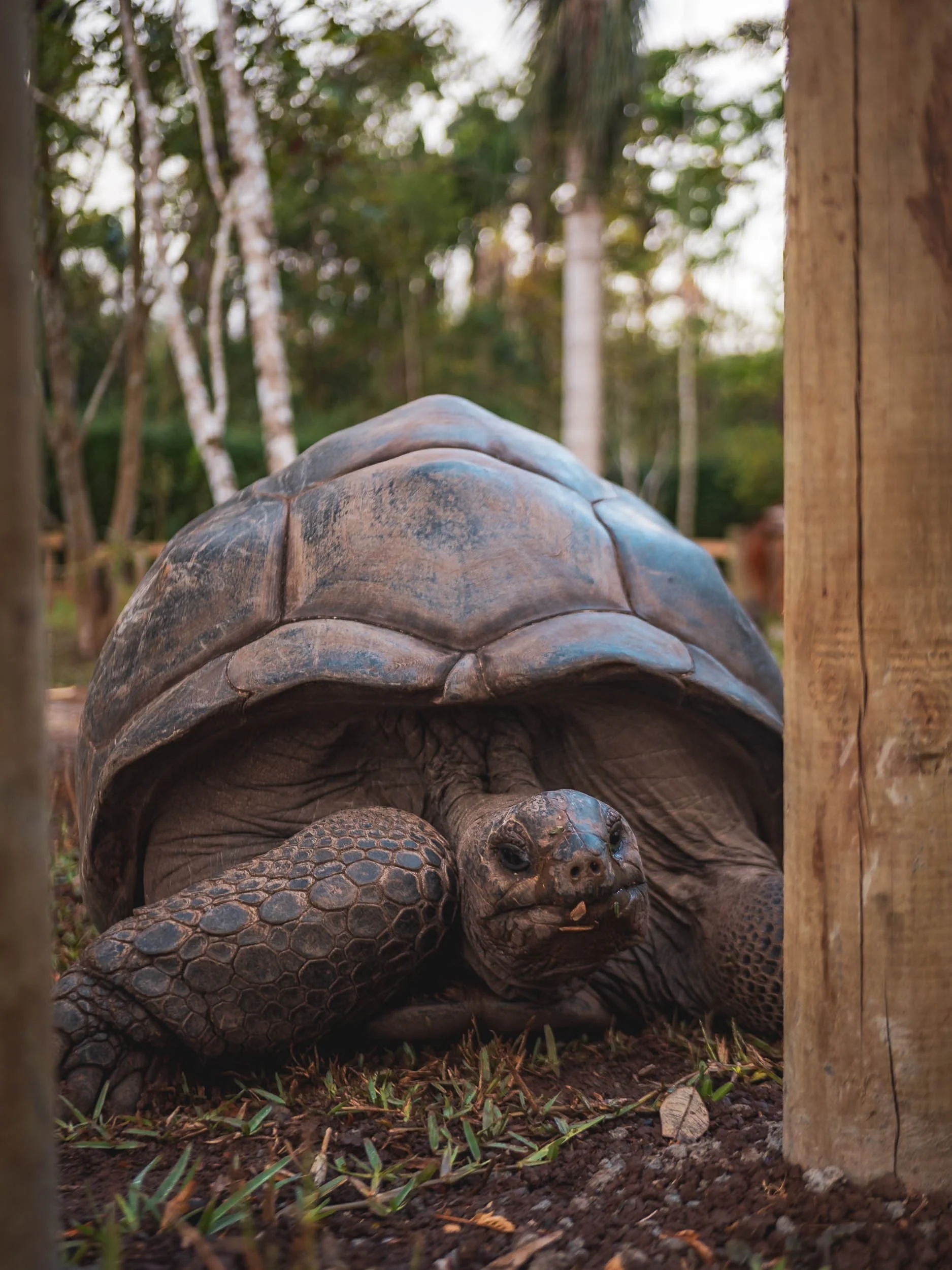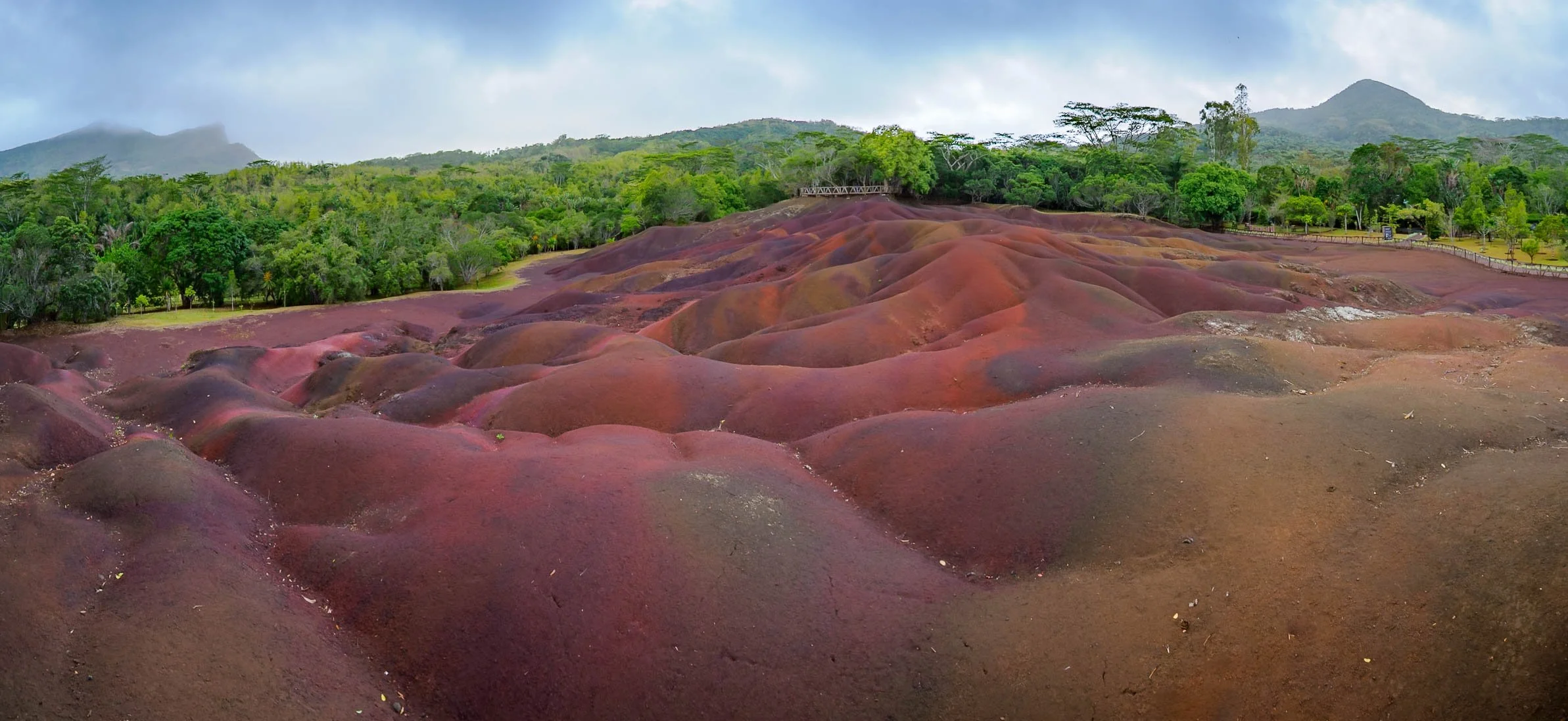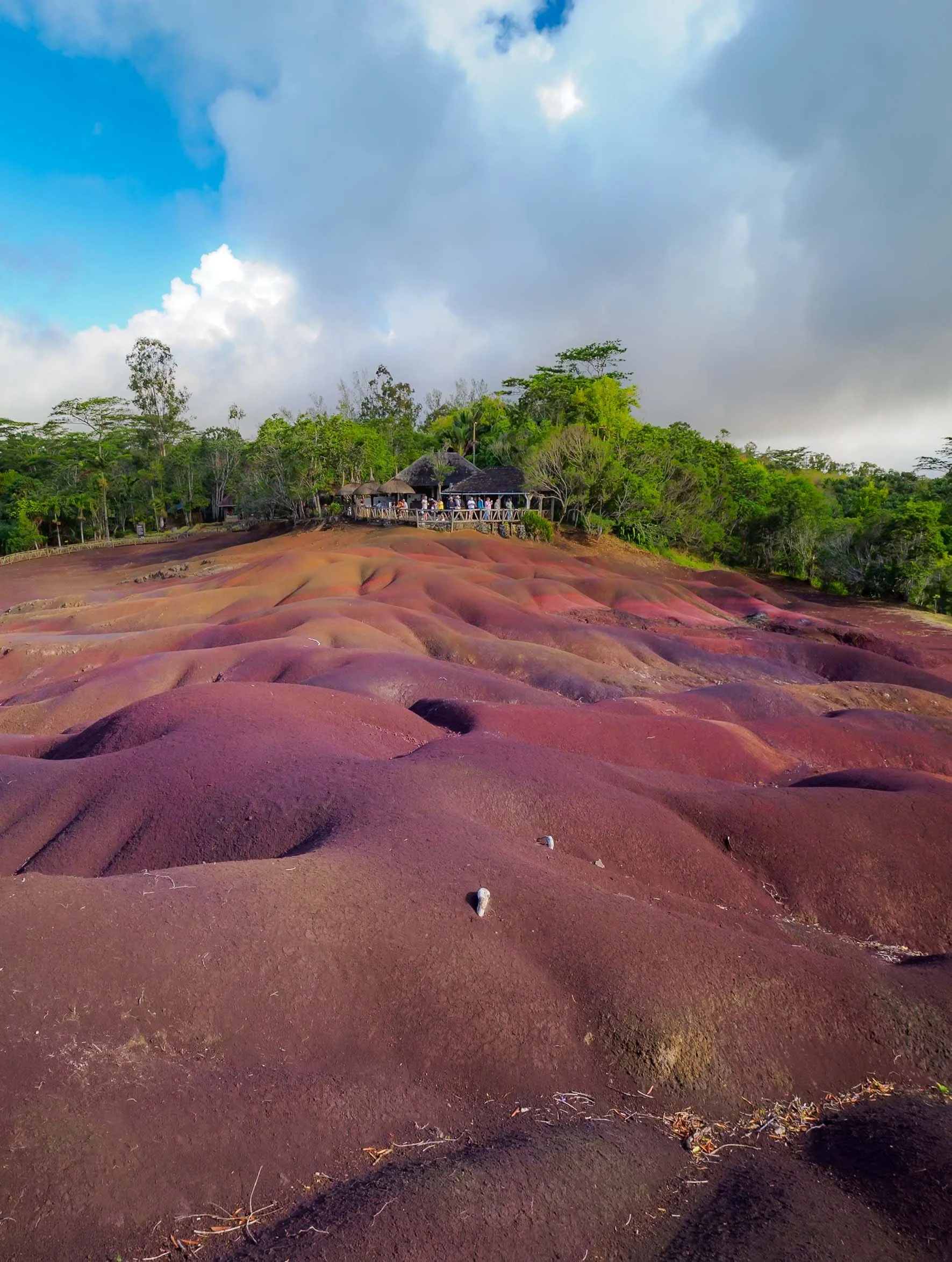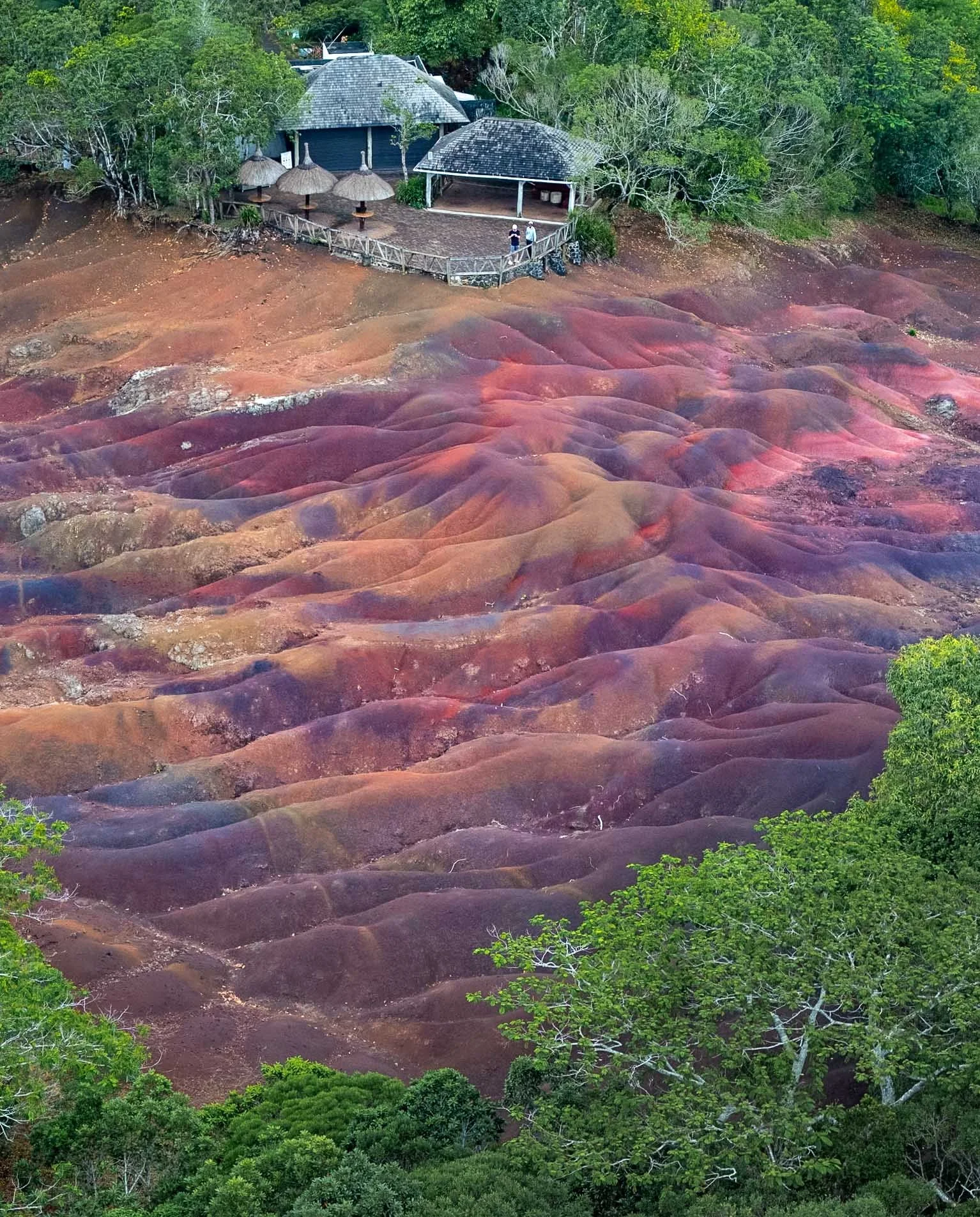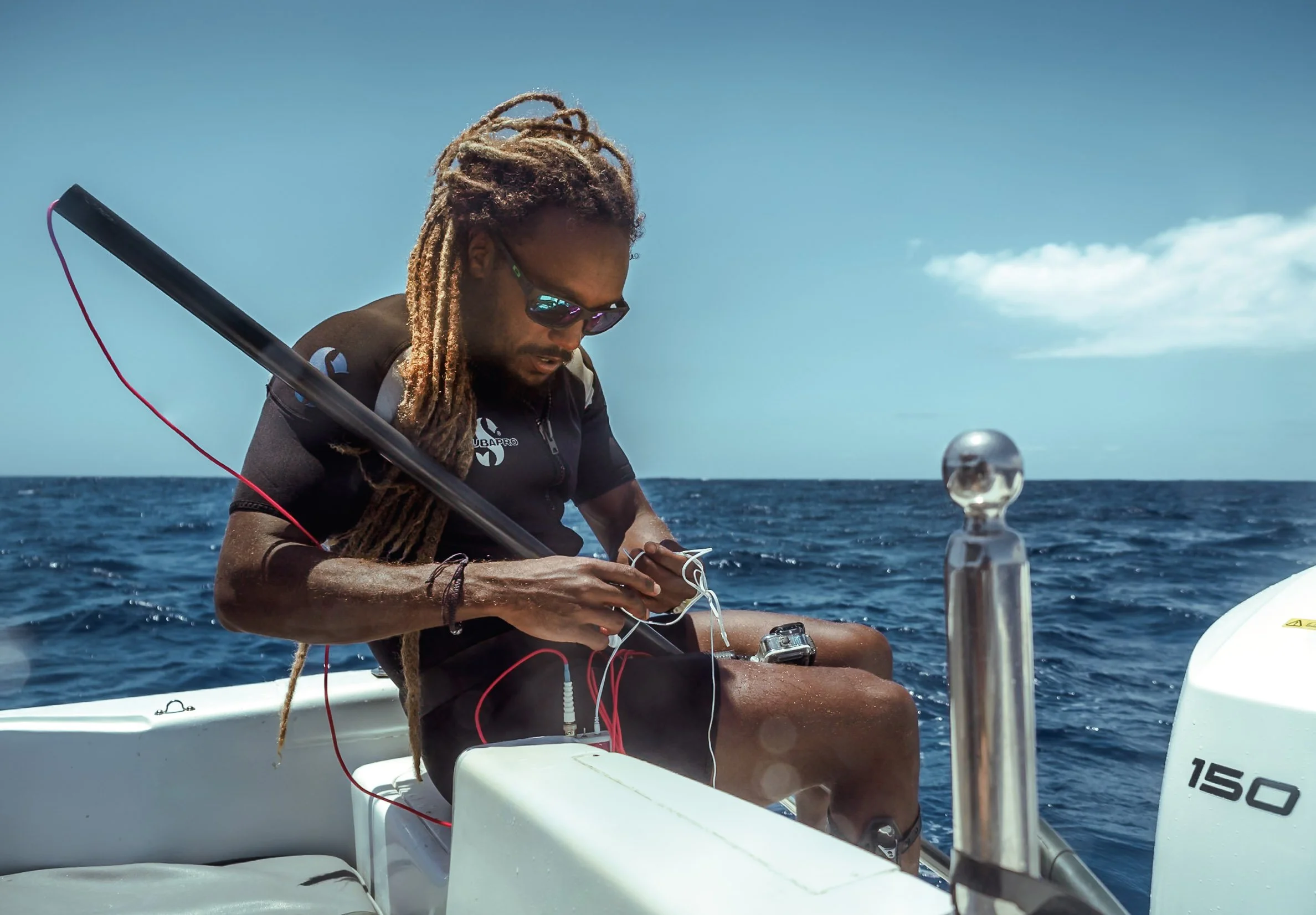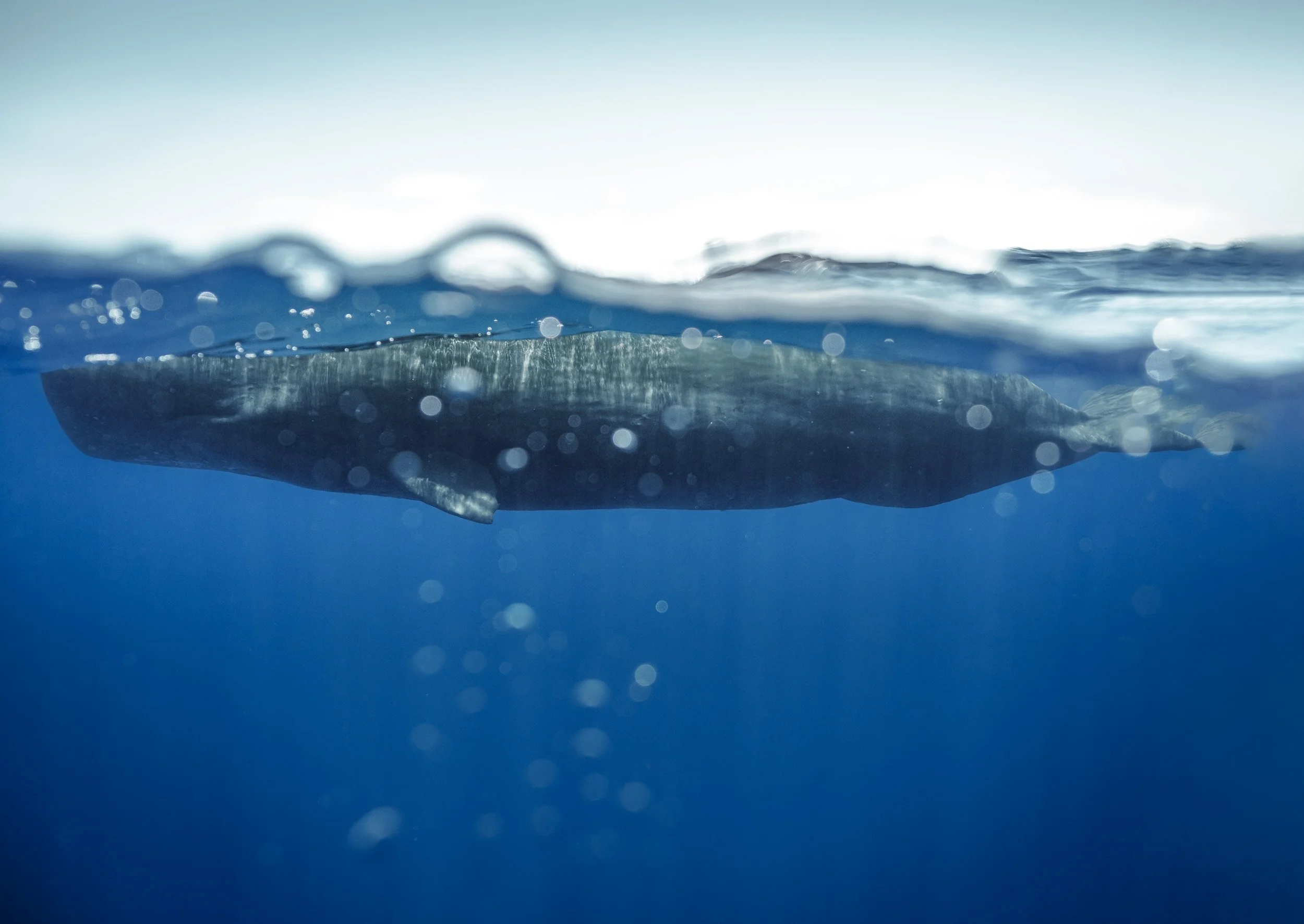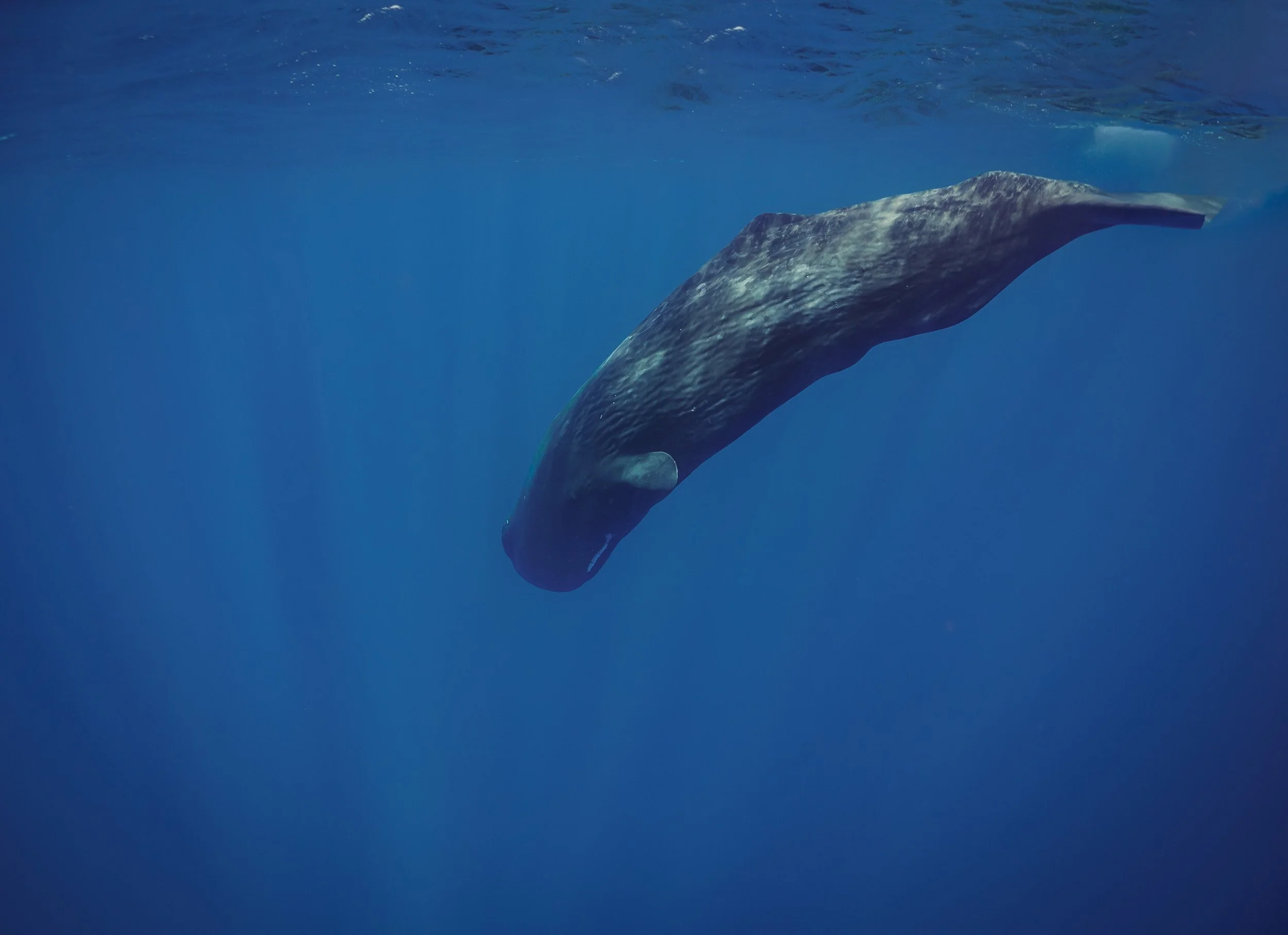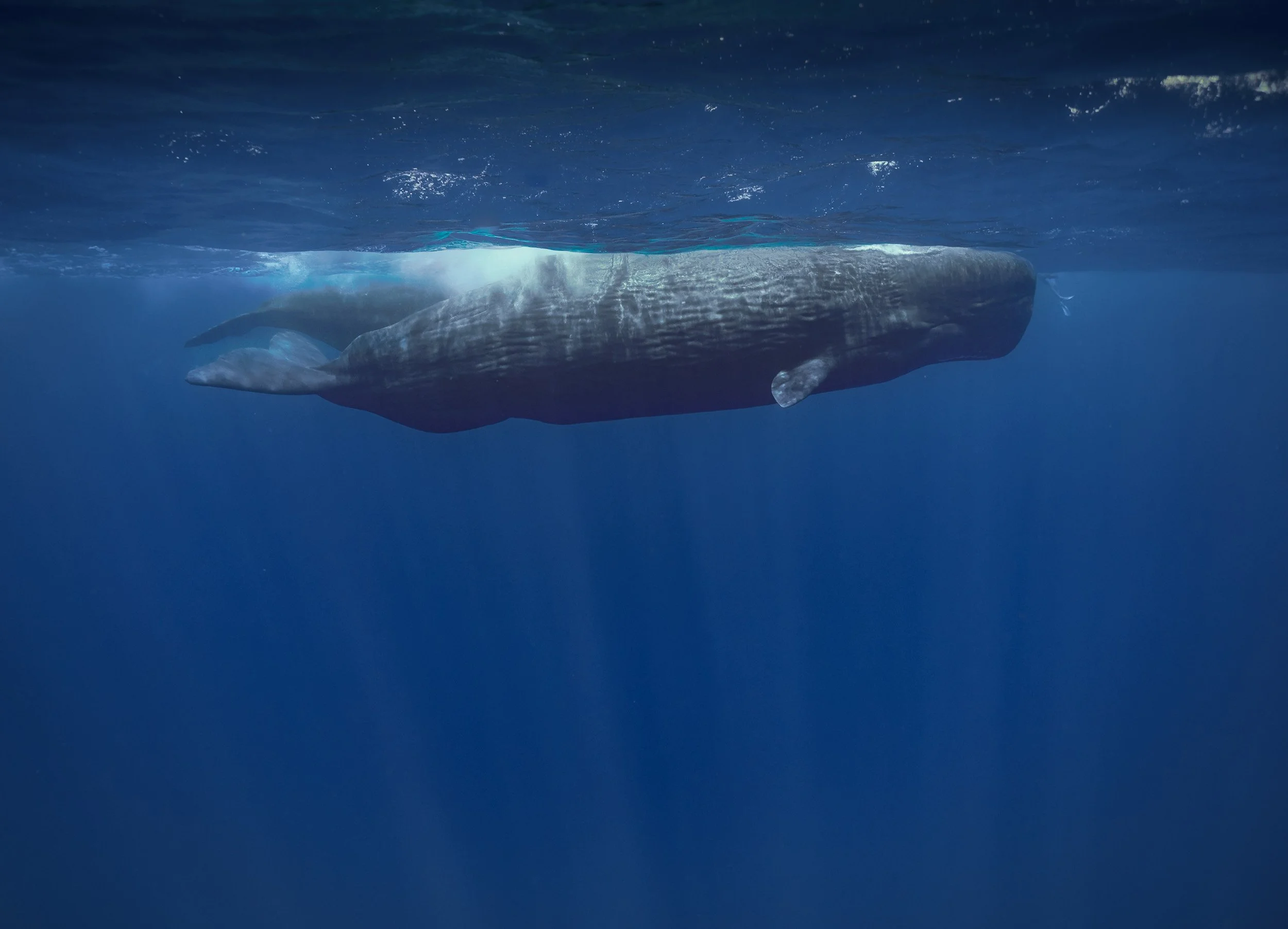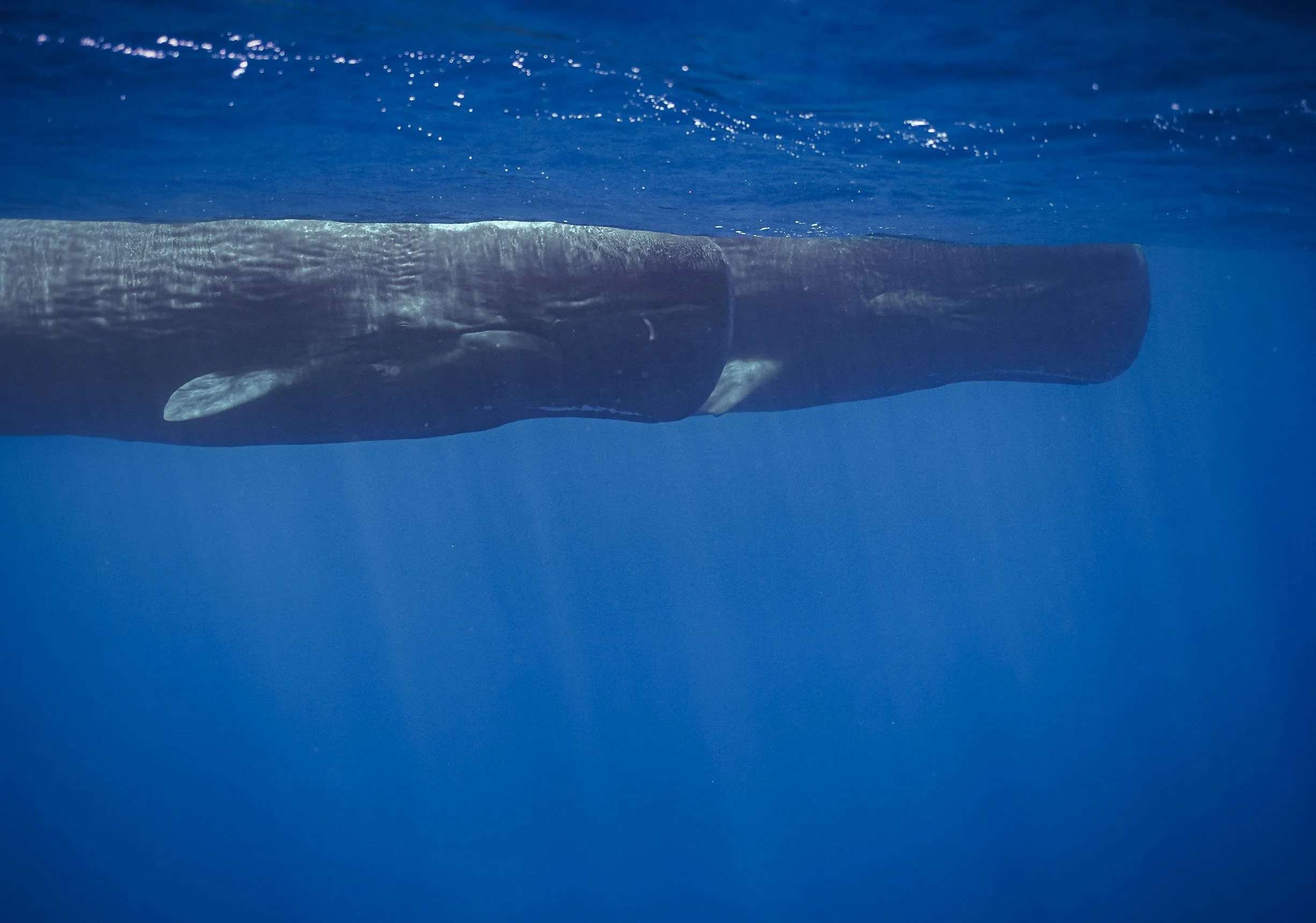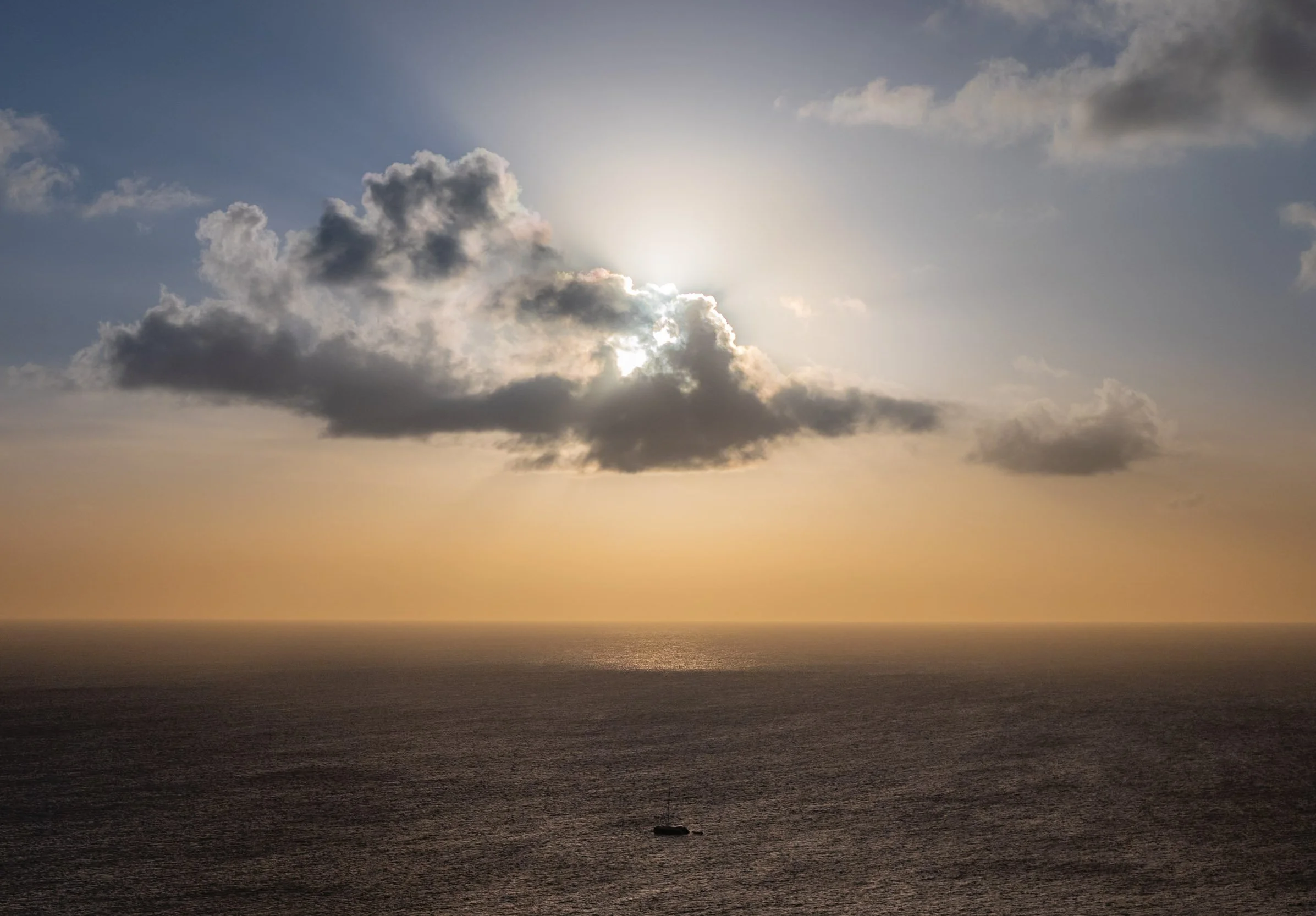Island of Wonders - Mauritius
A family trip to Mauritius gave me a few opportunities to document some the island’s amazing sights, from the underwater-waterfall to the 7-coloured earth, and resident sperm whales.
In late 2024 a family trip took me to the amazing island of Mauritius, east of Madagascar and south of the equator. In fact, it was not my first trip to the country, but the last one was cut rather short due to some unfortunate circumstances, so this time I actually got to see a little bit more of the island. Having said that, it was a family trip, and as a result, what you read in this blog is the result of less than 2 days of photography. It mainly covers some of the more famous spots, but I know Mauritius has a lot more to offer - maybe next time.
Highlights
With only a day and a half of time allocated to exploring, I tried to optimise my time to see most of the interesting places on the western side of the island, where we were staying. The main island is just 65km by 45km, but it’s mountainous and the roads are not always the most efficient. It can take a few hours to go from one place to the next. Take a quick look at this video for two of the highlights - you’ll read about them below.
Grand Bassin Temple
But first, I started in the early morning from the north-west of the island towards to the Grand Bassin Temple, situated in a volcanic crater in the forest areas at higher altitudes. Its history dates back almost 150 years, and it features the tallest Hindu Goddess Durga statue in the world, completed in 2018.
The temple is the most sacred Hindu temple in Mauritius, dedicated to Shiva. Almost half of the population follows Hinduism, while the rest is quite mixed across Christianity, Islam, and others. The foggy weather created a kind of eerie atmosphere here, especially with the statues around, and the temple was almost empty - that is not the case later in the day or in festivals, when the whole area gets extremely crowded
Kovil Montagne Temple
Another beautiful Hindu temple sits on the foot of the Corps de Garde mountain, with a beautiful view over the Quatre Bornes district.
It was originally established in 1907 by an Indian laborer and now features intricate colorful decorations, even covering the drainage system - and some remnants from the various festivals being held here during the year.
Trou Aux Cerfs Volcano
Just a few kilometers away lies one of the many volcanic craters of the island - in fact, Mauritius as a whole is was entirely formed by eruptions millions of years ago.
This one is rather interesting, as it sits in the middle of the city, and the crater is surrounded by a road.
The crater is 80m deep with a small lake in the middle, but not accessible. It last erupted 700,000 years ago. It’s quite an interesting place, with a few endemic plants, as well as fruit bats and monkeys calling it home. Having said that, the zebra doves shown below are not actually native here and have been introduced from Southeast Asia.
⛵️
Not far from here you can observe a traditional craft of the country: Mauritius is known for its tradition of model ship building, with several workshops producing detailed replicas of historical boats. Nowadays this activity is mostly aimed at tourists, but still practiced by hand.
The level of detail on the model is amazing, and it takes the artisans days to finish a single ship. They split the work by different activities and skills.
For someone like me who enjoys building things by hand and has been dabbling with making models since childhood, I can absolutely appreciate this work. Having said that I’m not so sure how I’d feel about having to do it daily for a living…
Le Morne
We moved on th the very southern tip of the island, to one of the country’s two UNESCO World Heritage Sites, chosen for its representation of the resistance to slavery. The mountain was used as a fortress for shelter at the time of the slave trade on the east coast of Africa. In front, the newly opened Riu hotel - can’t say it adds to the scenery…
An Underwater-Waterfall?
But the very special sight here is actually in the water just off the coast: an optical illusion, making the sediment pattern being carried by the current appear like a waterfall on the edge of the ocean shelf. There are two ways to see this curious visual phenomenon: by drone, or by seaplane.
I tried to do both. Both came with challenges, mainly caused by the tropical cyclone raging with heavy wind and rain in the north-east of the island during our visit, and in both cases, it took more than one attempt to make it… but in the end it did happen.
These first two images were taken by drone. The flight from the beach is not an easy one - to get this photo, you need to fly almost 2km into the sea under - in my case at least - heavy westward winds, which probably would have been enough to carry a small drone into the open ocean. On my first day of exploring I didn’t dare to fly here for this reason, but the second day was a little calmer.
To get the perspective, a panorama shot is necessary (3 x 3 photos at least), but it does give a very cool effect of the island being sucked into the depth of the ocean.
From from the sea plane
I also tried my luck with sea plane in slightly different conditions. Funnily enough it’s similarly nerve-wrecking as flying the drone under over the open ocean in the wind, but a little more fun, especially as the pilot decided it would be a great idea to do a brief nosedive over the waterfall.
The panoramic view from the drone makes the landscape look a little more extreme, but I like the light on the seaplane photos better.
We also saw this little palm shaped channel on the southern edge of the island, and a few beachgoers and windsurfers enjoying the coastline.
Chamarel Geopark
After the seaplane ride, we had one more destination on the agenda before the sun went down: The Geopark of Chamarel.
🐢
This beautiful nature park is actually famous for a specific attraction, but also features the tallest single drop waterfall on the island at almost 100m, seen above, a beautiful ebony forest (closed by the time I got there), and a small tortoise park. Mauritius was once home to its own giant tortoise species, which went extinct in the 1700s. Nowadays they’re imported from nearby Seychelles.
The 7 Colored Earth.
.
What most people come here for though is this natural phenomenon: a relatively small area of sand dunes that have very distinct colors - whether there are seven is probably down to your definition.
Either way it’s quite a fascinating place, as the rains have carved out lots of channels into the landscape, creating small hills in the area. We had a moment of sunshine which immediately changed the hues.
I had pre-arranged to come shortly before official opening hours ended, meaning I had a few moments with no people here. On top of that, the management kindly granted me permission to fly a drone after the park closes, which is normally forbidden (and monitored). Unfortunately by the time everyone was out, heavy rain clouds had moved in and I had about 5 minutes in the air before the rain got too heavy for my drone (or my risk appetite for losing it). It’s a very unique spot in the forest though, worth visiting.
Ocean Giants
I had half a day reserved to try and go out and see what is maybe Mauritius’ most famous animal sight: its resident pod of sperm whales, on the east coast. I was hoping to be able to get some underwater photos of these majestic creatures. It’s a double-edged sword though - the country has recently enacted much stricter laws on swimming with dolphins and whales due to tourist overcrowding, but there is a mix of tour operators that still do it - illegally, or by (allegedly?) having a permit. It does seem like there are regulations allowing people in the water with whales under certain conditions, but there is undoubtedly some “noise” and questionable operators out there.
Either way we rented our own boat with a great guide who claims to adhere to the rules, to be able to avoid possible crowds and have more flexibility on timings. The first challenge was the weather - the active cyclone bringing winds and occasional rain with it didn’t exactly create the best conditions for a boat trip into the open sea. After two cancelled attempts, we managed to go out as the winds and waves subsided.
I hoped we’d at least get to see these animals, and my backup plan, if going into the water would have been problematic or unethical, was to try get some photos with the camera in its case held under water from the boat. First, you need to find them though.
For most whales, that means looking for the huge spouts and the associated blow as they exhale and breathe at the surface - this also works with sperm whales. However, they have another feature that makes it possible to find them: Sperm whales use a powerful form of echolocation, emitting loud clicks that bounce off objects for them to form an idea of their surroundings.
Equipped with a hydrophone (a kind of underwater microphone), we hoped to pick up these sounds and find the pod.
After about an hour at sea, the plan worked - we saw (& heard) them in the distance. We were the only boat, slowly approaching a large whale gently swimming along the surface.
Our captain told us to quietly get in the water as we were a good 30m away from them, and I got my first photo while being minimally invasive to the whale’s behavior.
Into the Deep
A few minutes later, the whale started to dive. Sperm whales generally hunt giant squid, often reaching more than 1000m depth and spending 45min or so under water. It is also one of the purposes of their echolocation abilities.
In this photo you can see the white line around their very narrow lower jaw - this is the area where the mouth houses huge teeth, weighing up to 1kg each. As it happens though, it seems they don’t really need or use them for hunting.
We made our way to another location where a group had been sighted, possible of the same pod. There are just around 50 resident sperm whales in Mauritius, living in a matriarchial society, with migratory groups and males joining them seasonally. They are quite social and intelligent, with the largest brain of any living animal (five times heavier than a human brain), and live up to 70 years.
It was at the point where there were more boats around, and groups of snorkelers jumped into the water in a manner that was way less respectful (and way closer) to the animals than one would hope for.
It gave me the chance to put the size of these whales into perspective - can you see the human legs for scale in this image?
Sperm whales can be up to 16m long and weigh 45 tons, making it the largest toothed predator.
As is often the case with wildlife encounters, there is a fine line between experiencing and documenting these creatures in their natural habitat, but not disturbing them - especially vulnerable species.
Luckily these whales are no longer hunted today - in the past they were sought after for whale oil, as anyone who read Moby Dick will know.
While what I saw here was nothing in comparison to some of the dolphin, whale shark, or manta ray watching tours in many places around the world, it still seems like there needs to be more oversight - I include myself in this problem, although we kept a very reasonable distance, and didn’t cut off their path like some other boats that arrived later.
With this in mind, we left these amazing animals behind, saying goodbye to a young one that dove under is, down into the depths of the ocean.
Watch them moving
Take a look at the video to see them gliding through the ocean, and listen closely for the click sounds in some of the clips.
Goodbye ☀️
A much more enjoyable second visit to Mauritius came to an end with a few relaxing days, but I still feel like this island has a lot more to offer - amazing dive sites, the rich cultural history, monuments to the slave routes, including Aapravasi Ghat (its second UNESCO site), one of the oldest horse racecourses in the world, amazing hikes, critically endangered plants, and more.
We shall see if I’m back - or rather, when.

